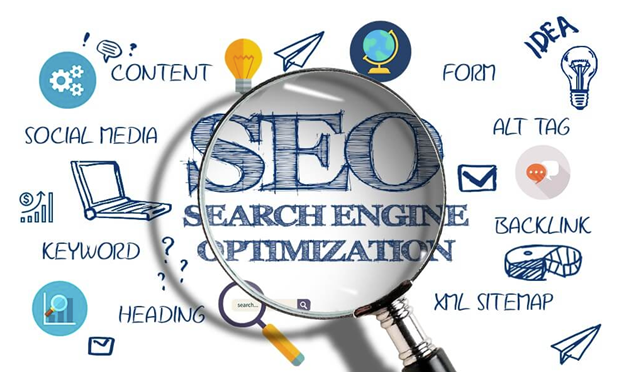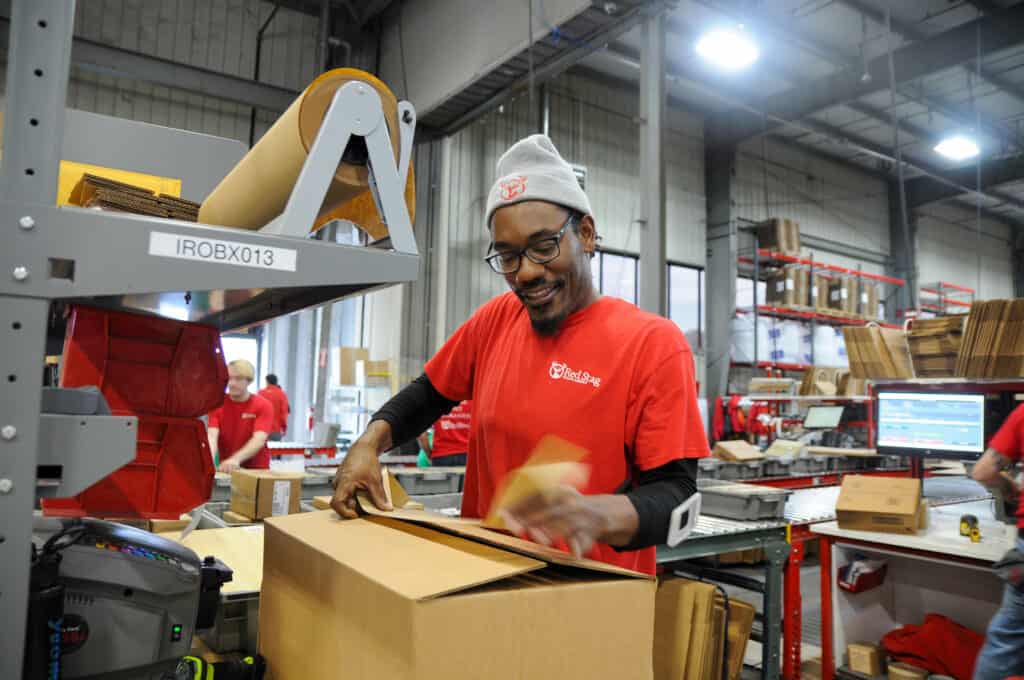There are a number of elements that go into proper maintenance and lubrication for equipment in the industrial sector. The methods used are what keeps the needle moving forward in most businesses’ operations and processes. Without these methods of care, machinery would inevitability fail and put businesses in a tremendous hole. This post will detail some of the ways in which maintenance and lubrication contribute to overall equipment health in addition to some of the less known costs associated with the processes as a whole.
As previously mentioned, no organization within the industrial sector would be able to exist without their equipment. Sub-optimized machinery can result in an organization incurring the aforementioned lesser known costs that could otherwise be avoided entirely. The most sound way to ensure an organization’s machinery is operating appropriately is through maintenance, specifically proper lubrication and completing regular oil changes.
Unfortunately, many businesses fail to have their finger on the pulse when it comes to their machinery’s issues. Which leads to one of the first ‘hidden’ costs: excess unnecessary oil changes. Oil changes aren’t magic, and businesses mistake them for a solution to a problem unrelated to oil functionality. Which means valuable resources and time are wasted without addressing the core issue.
Being preventive isn’t always bad, but failure to realize that an oil change can’t solve every issue is obviously costly. Even more so is when there’s an actual issue associated with the equipment that isn’t addressed. , For example, sump or reservoir adjustments, incorrect product output, or a drain that becomes cross threaded all cause unique issues that must be solved by organizations. Assuming the damage is manageable, organizations will have to payout less. However, these issues can lead to equipment failure, which can be much more costly.
This failure, if not properly treated, can result in equipment remaining inoperable for extended periods of time. This inability to operate costs businesses lots of money from customers, but they’ll also have to invest into a new piece of equipment to resume operations. Very expensive, but also avoidable to some degree. Especially considering the most common reason for machine malfunctions is bearing issues. Nearly half of all machine failures are a result of improper lubrication or re-lubrication of bearings. Though organizations may be tempted to replace the bearings, shafting or motors of a machine, if nothing is fixed despite the investment, that loss of capital can be detrimental.
Finding the correct level of preparation for your organization is extremely important in limiting the amount of capital that must be invested into keeping equipment alive. Most businesses like to take a preventive approach, which includes re-engineering equipment with better seals and filtration equipment, in addition to upgrading equipment with cutting-edge seals. This preventive approach is what keeps businesses from having to dig too deep into their own pockets to avoid machine failure. To learn more about how to avoid these hidden costs, be sure to spend a minute to read on to the infographic accompanying this post. Courtesy of Isomag.















